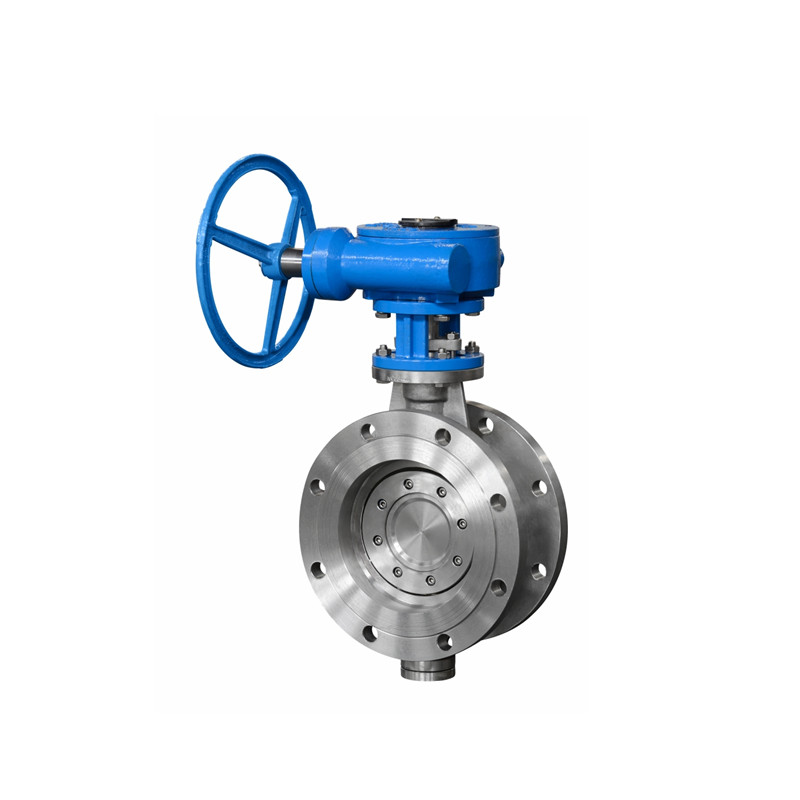Table of Contents
ToggleThere are some advantages to using a butterfly valve. The butterfly valve is easy to install and is less expensive than ball valves. One disadvantage of butterfly valves is that they cannot be “pigged” for cleaning. Pigging is a process in which devices called “pigs” are used to perform maintenance operations on a valve. Butterfly valves can handle a variety of fluids, including high-pressure and high-temperature water. They also require less space and are faster than other valves.
Among the advantages of butterfly valves are their speed and low-maintenance design. Although their size is not dictated by the nominal pipe diameter, their operating characteristics are critical. In order to determine the best butterfly valve for a given application, the actuation system must be considered. Butterfly valves are designed with equal percentage characteristics of opening angle. They are also ideal for large valve applications, requiring less space and time to open and close. Additionally, they require minimal maintenance and are often suitable for chemical media.
Advantages of a Butterfly Valve
- Versatile
A butterfly valve is a highly versatile valve that operates through several cycles. Its high precision and quick response to control signals make it an excellent choice for wastewater and large-scale water distribution applications. A butterfly valve’s seal efficiency against service media makes it an ideal choice for these systems. Listed below are some of the benefits of a butterfly valve. For more information, read the benefits of a butterfly valve.
- Small Size
Another advantage of butterfly valves is their small size. Compared to a ball valve, a butterfly valve requires less structural support. Also, their lightweight design makes them cheaper alternatives to gate and globe valves. They also require very little maintenance. A butterfly valve can operate at a wider range of temperatures and can handle large flow rates and liquids with suspended solids. But they’re limited by low-pressure differentials.
- Unbalanced Torque Reduction
Another major advantage of a butterfly valve is its unbalanced torque reduction, which significantly increases the applications for the valve. The valves have a low opening and closing pressure, which makes them ideal for high-pressure and moderate temperatures. They also reduce the risk of water hammers, which can cause damage to valve parts. They’re more expensive than butterfly valves and take up more space. However, they can also control and throttle flow and are suitable for moderate to high-pressure conditions.
- Flow Regulation
Another advantage of a butterfly valve is its ability to regulate flow easily. Because it features a circular plate to control and reduce flow, butterfly valves are often more efficient than other types of valves. The butterfly valve is a popular choice for agricultural and water treatment applications. The butterfly valve is lightweight and does not take up much space in a pipeline. The downside of a butterfly valve is that it can leave residue materials in a pipeline.
Benefits of Using a Butterfly Valve
- Handle acid and corrosive fluids
Butterfly valves can handle acidic and corrosive fluids. They also can withstand a variety of temperatures and pressures. Because brass is a very tough material, it is ideal for applications where corrosion is a problem. Brass valves are also excellent for food manufacturing and water purification because they are corrosion-resistant. Brass valves are not suitable for high-chlorine water applications since chlorine can dezincify them.
- Excellent Pressure Regulators
Butterfly valves are excellent pressure regulators. They function on a simple principle. Whenever there is a sudden increase in temperature, the butterfly breaks its seal and allows increased pressure. The resulting partial vacuum lasts until the pressure level is equal to that of the outside air. It is also extremely efficient in applications where the pressure fluctuates a lot. There is a huge potential for the butterfly valve. So, go ahead and make your next project a success.
Maybe you would like to learn how the butterfly valve works. Here is a video to share with you.
If you want more information about butterfly valve manufacturers, click here.










